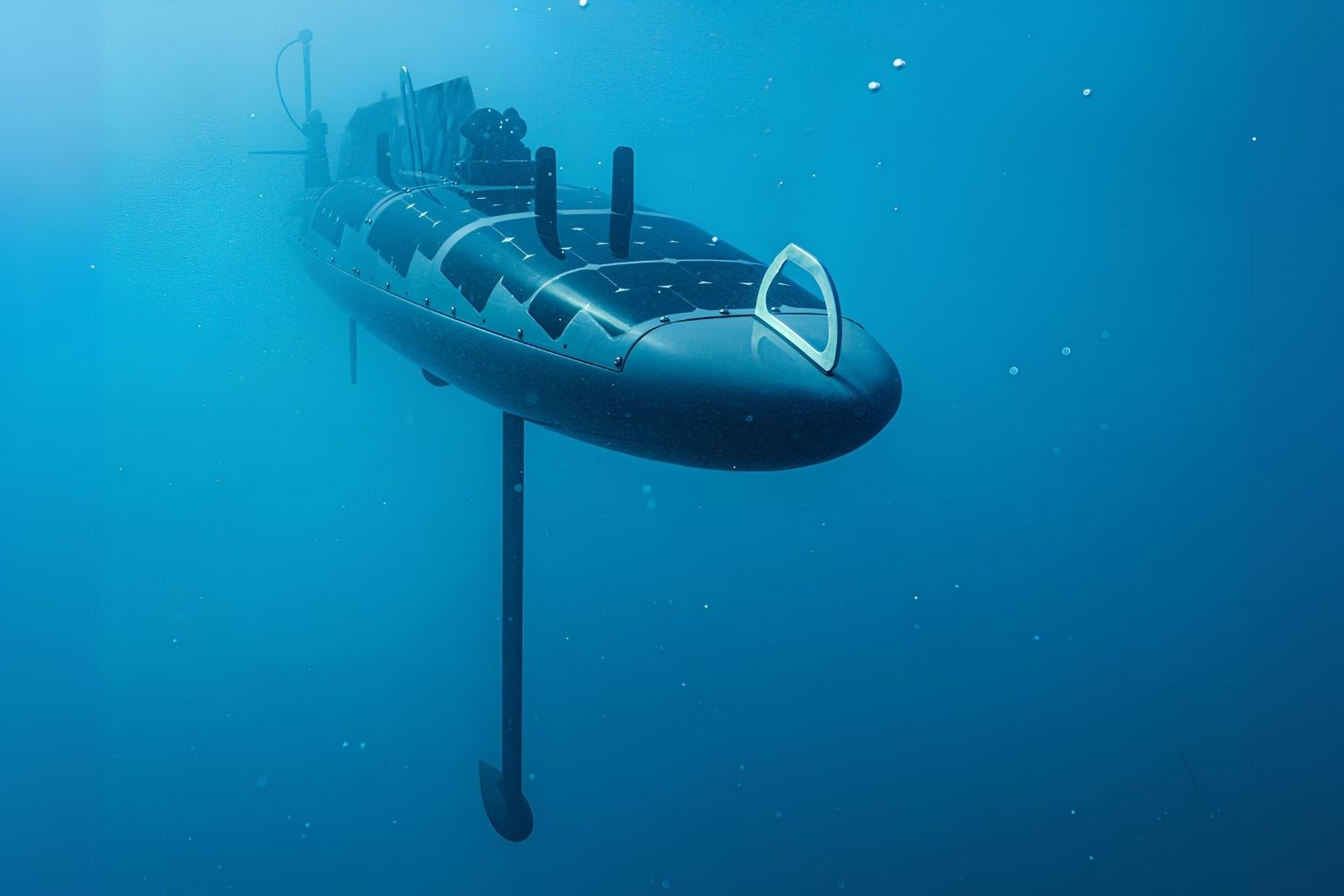Secrets Of Cold War Submarine Communication Stations

Have you ever wondered how submarines communicated during the Cold War? These underwater vessels needed to stay hidden while maintaining contact with their bases. This led to the creation of Cold War submarine communication stations. These stations played a crucial role in relaying messages between submarines and command centers. They used advanced technology to send and receive signals without revealing the submarine's location. Some of these stations were located deep underwater, while others were on remote islands or ships. Understanding how these stations worked gives us a glimpse into the secretive world of Cold War military strategy.
Secrets of Cold War Submarine Communication Stations
During the Cold War, submarine communication stations played a crucial role in maintaining covert operations and secure lines of communication. These stations, often hidden in remote locations, were vital for transmitting messages between submarines and their command centers. Let's uncover some of these fascinating places.
Remote Locations with Strategic Importance
Many submarine communication stations were strategically placed in remote areas to avoid detection and ensure secure transmissions. Here are some of the most intriguing locations:
Eleuthera, Bahamas
This island hosted a U.S. Navy submarine listening post. Its remote location in the Atlantic made it ideal for monitoring Soviet submarine activity.Naval Communication Station Harold E. Holt, Australia
Located in Exmouth, Western Australia, this station was crucial for communicating with U.S. and Australian submarines in the Indian Ocean.Naval Radio Station Jim Creek, Washington, USA
Nestled in the Cascade Mountains, this station used very low frequency (VLF) signals to communicate with submarines submerged deep underwater.
Advanced Technology and Innovation
Cold War submarine communication stations were at the forefront of technological innovation. They employed cutting-edge technology to ensure secure and reliable communication.
Naval Communication Station Cutler, Maine, USA
This station used VLF transmitters to send encrypted messages to submarines. Its powerful antennas could transmit signals across the globe.Naval Communication Station North West Cape, Australia
Another key station in Australia, it utilized advanced VLF technology to maintain contact with submerged submarines in the Pacific and Indian Oceans.Naval Communication Station Thurso, Scotland
Located in the northernmost part of Scotland, this station played a vital role in NATO's communication network, using sophisticated technology to relay messages.
Hidden in Plain Sight
Some submarine communication stations were cleverly disguised to blend into their surroundings, making them difficult to detect.
Naval Communication Station Haiku, Hawaii, USA
Known as the "Haiku Stairs" or "Stairway to Heaven," this station was hidden in the lush mountains of Oahu. Its antennas were camouflaged to avoid detection.Naval Communication Station Keflavik, Iceland
Situated on the Reykjanes Peninsula, this station was strategically placed to monitor Soviet submarine movements in the North Atlantic. Its remote location and harsh climate provided natural cover.Naval Communication Station Lualualei, Hawaii, USA
Hidden in the Waianae Mountains, this station used its secluded location to maintain secure communications with submarines in the Pacific.
Legacy and Impact
The legacy of these Cold War submarine communication stations continues to influence modern naval operations. Their strategic locations and advanced technology set the stage for future developments in military communication.
Naval Communication Station Niscemi, Italy
Located in Sicily, this station played a crucial role in NATO's communication network. Its strategic position in the Mediterranean allowed for effective monitoring of Soviet naval activity.Naval Communication Station Argentia, Newfoundland, Canada
This station was vital for transatlantic communication. Its location on the eastern coast of Canada made it a key point for relaying messages between North America and Europe.Naval Communication Station Guam, USA
Positioned in the Western Pacific, this station was essential for maintaining communication with submarines operating in the region. Its strategic location provided a critical link in the U.S. Navy's communication network.
Hidden History Beneath the Waves
Cold War submarine communication stations hold a fascinating piece of history. These underwater outposts played a crucial role in maintaining global security during a tense period. They were vital for covert operations, ensuring that submarines could communicate without detection.
Today, many of these stations are abandoned, but they still capture the imagination. Exploring them offers a glimpse into the past, revealing the technological advancements and strategic thinking of that era.
For history buffs and adventure seekers, visiting these sites can be a thrilling experience. It’s a chance to connect with a time when the world was on edge, and every message could change the course of events.
Understanding these stations helps us appreciate the complexities of the Cold War and the lengths nations went to protect their interests.

